How To Fix A Picture With Too Much Sun
Taking photos in sunny conditions can often be challenging due to the negative effects of the strong light. But with a few simple tips you can learn to work with the sun and use it to your advantage. In this tutorial you'll discover 10 essential techniques to help you take better iPhone photos in the sun.
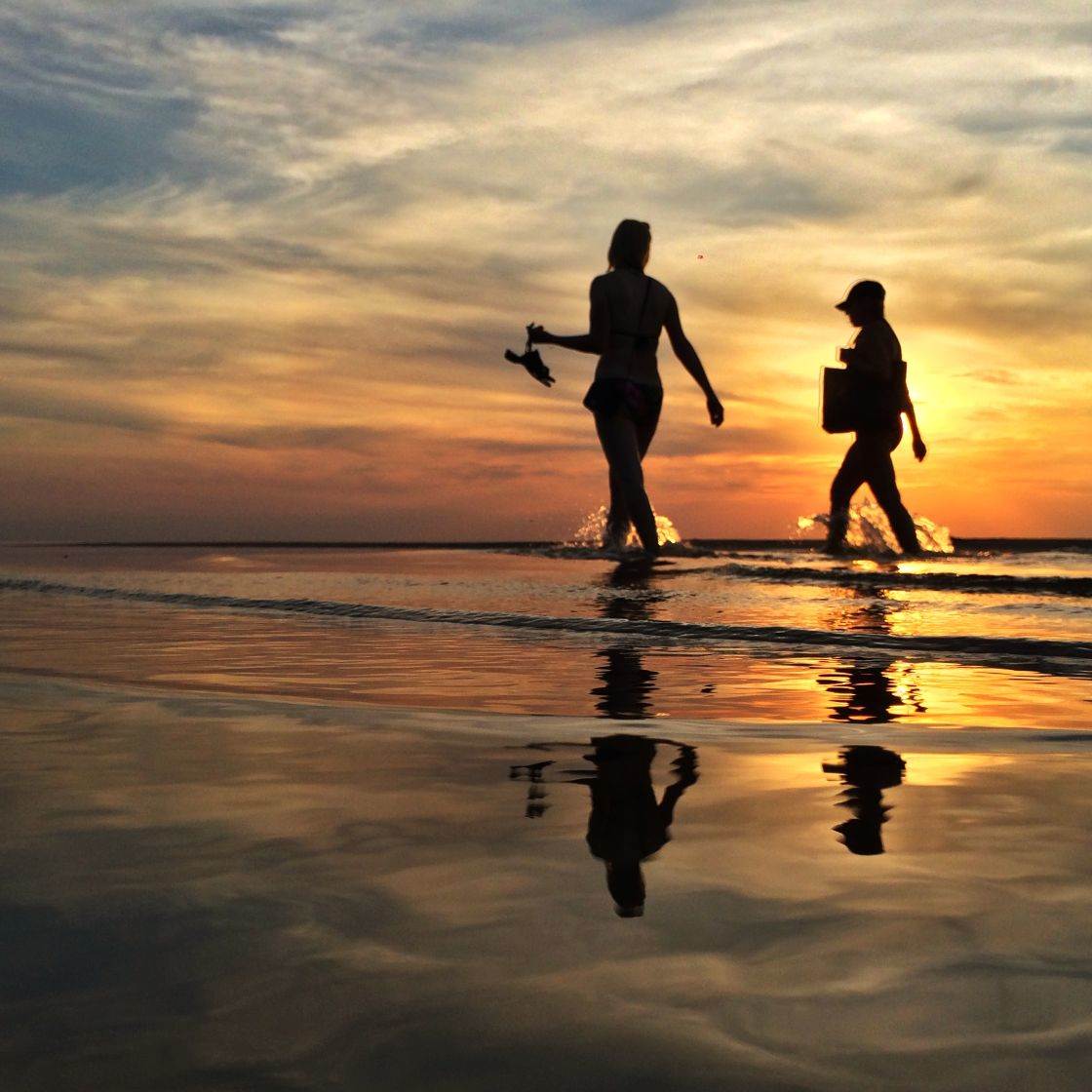
1. Shoot With The Sun Behind You
One of the first lessons you learn in photography is to shoot with the sun behind you. If the sun is behind you, the subject in your photo will be illuminated from the front, ensuring that your subject is evenly and well lit.
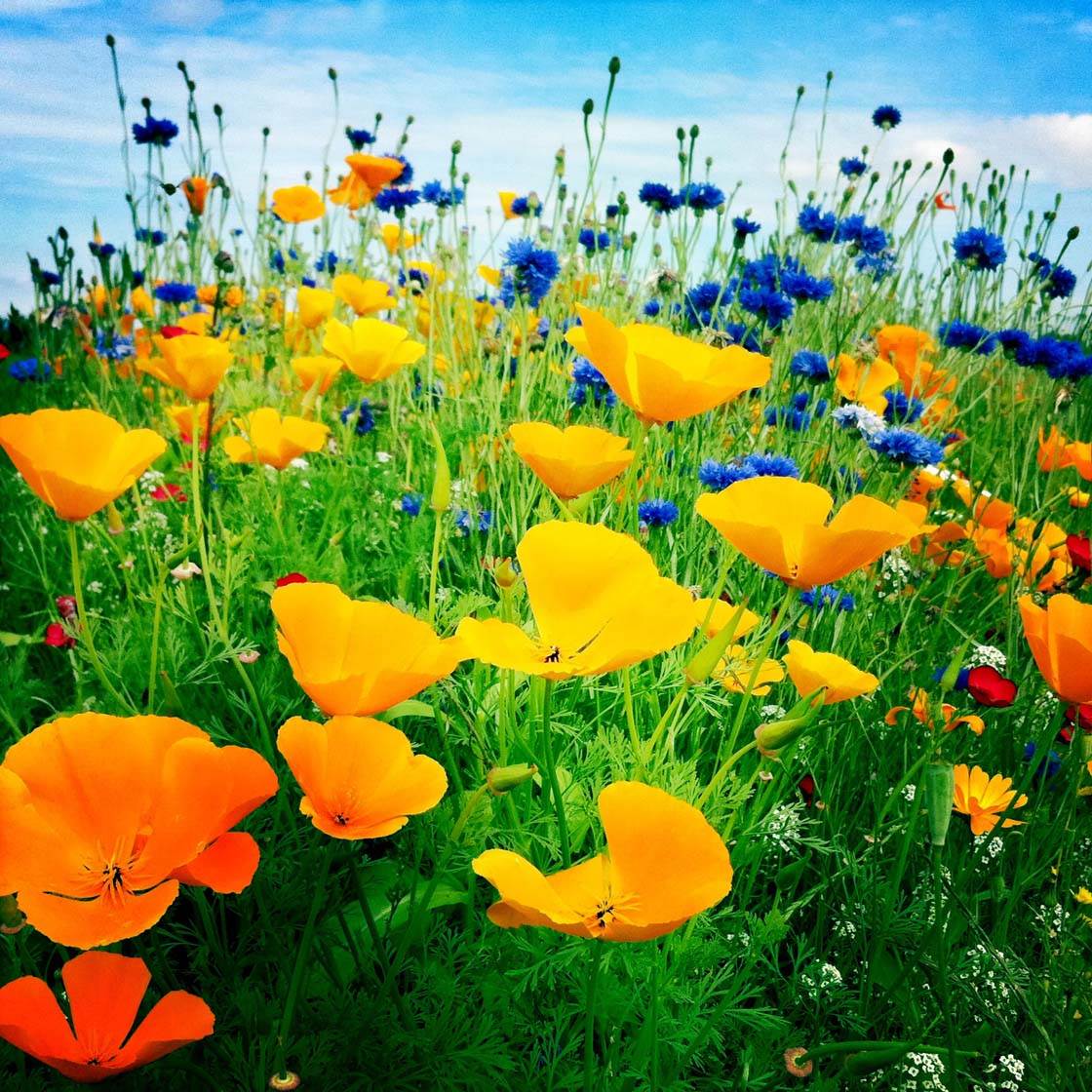
Shooting with the sun behind you is great for landscape photography as it allows your camera to capture a well lit scene with blue sky, clouds and plenty of detail. At sunset, shooting with the sun behind you creates a lovely warm light in your scene.
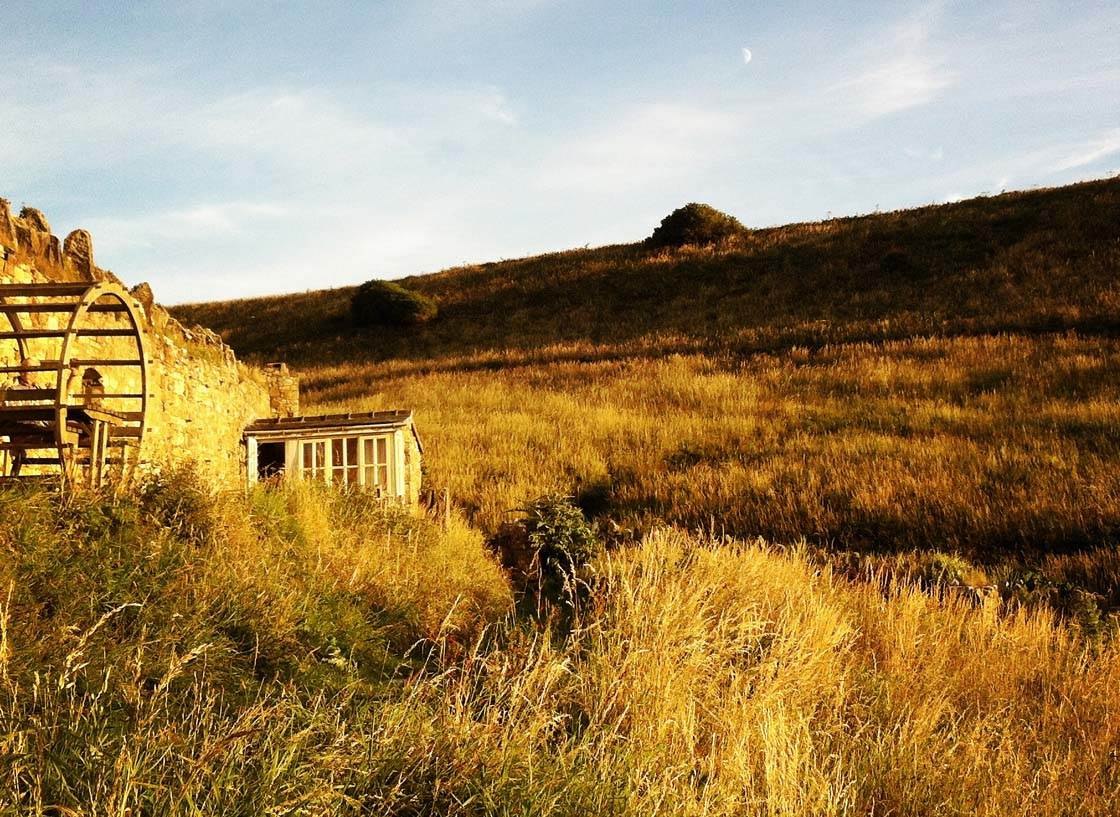
If you're taking portrait photos in very bright sun, shooting with the sun behind you may not be a good idea as your subject will be looking into the sun and may end up squinting. In these cases, you may want to find a bit of shade to move into.
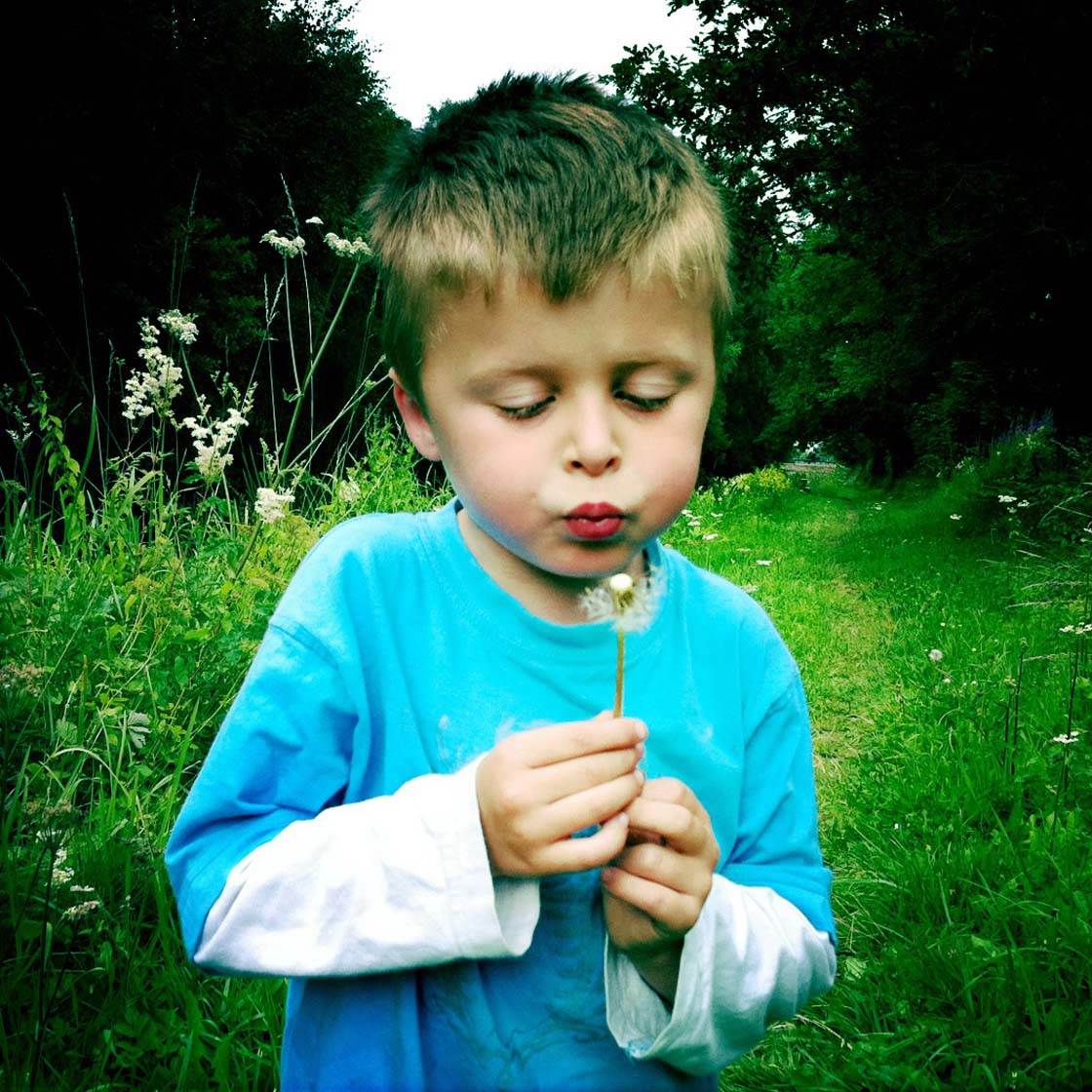
If your subject is close to you, make sure you don't create a shadow of yourself on the subject. Unless of course you're trying to block the light from the sun so that your subject doesn't appear in direct sunlight.
2. Adjust Image Exposure
When shooting in bright sun you may need to adjust the exposure of your image. Exposure refers to how bright or dark the image is.
Once you've tapped on the screen to set focus on your subject, check the viewfinder to see if the image is exposed correctly.
You can then easily adjust exposure using the exposure control in the native camera app (only available in iOS 8). Simply swipe down on the screen and the exposure slider with a sun icon will appear.
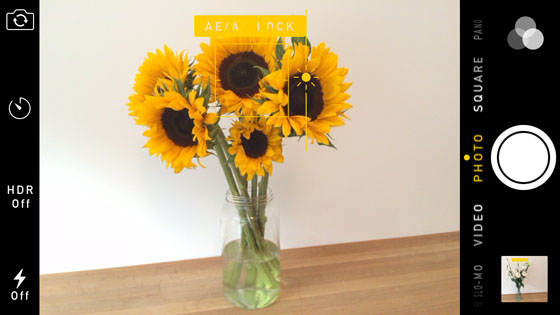
Move the exposure slider up or down to adjust the brightness of the image. Once, you're happy with the exposure, tap the shutter button to take the photo.
3. Shoot With The Sun To One Side
As you have already seen, if you shoot with the sun behind you, the subject in your photo will be evenly lit from the front. This is desirable in many situations, but it often doesn't make for a very interesting photo.
By changing the position of your subject relative to the sun, you can make the lighting in your photo much more interesting and dramatic.
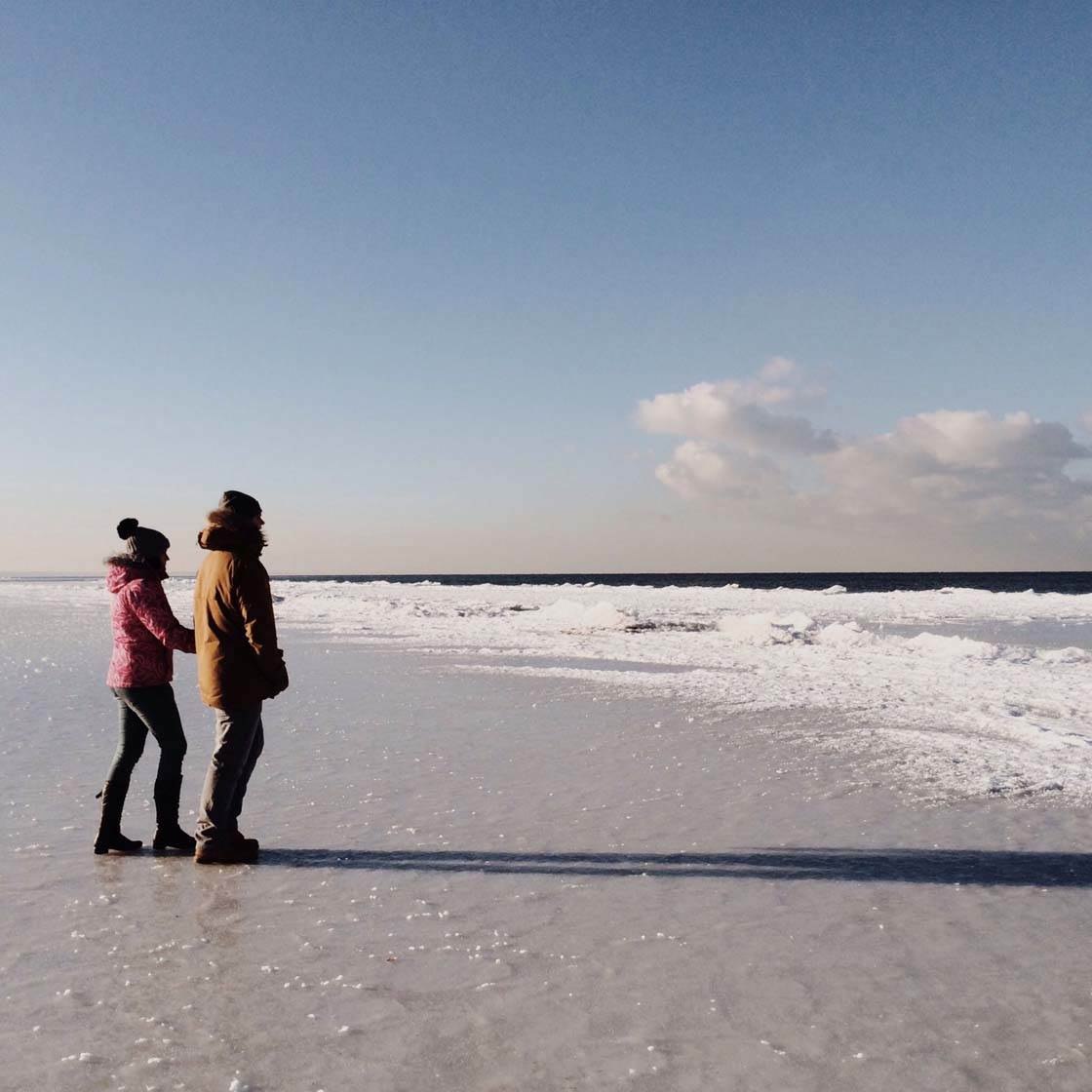
If you shoot with the sun to one side of you, part of your subject will be well lit and part of it will be in shadow. You can see this in the photo above where the sun is shining into the photo from the left hand side.
The left side of the subjects are illuminated and the right side is in dark shadow. This makes the photo more interesting to look at as your eye will move from light to shade and back again.
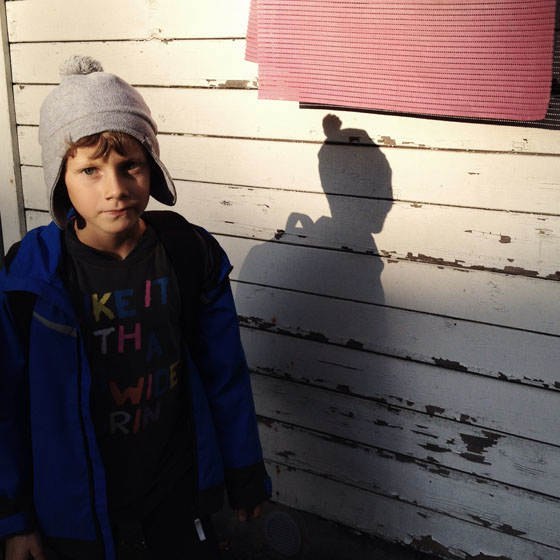
Side-lighting can work well for any subject, but it can be especially effective with portrait photos. As well as creating a much more interesting photo, it has the added benefit of your subject not having to look directly into the sun which can make them squint.
4. Shoot Into The Sun To Create Silhouettes
When you first start learning about photography you're often told not to shoot into the sun as it will ruin your photograph. However, photography isn't fun unless you break the rules!
If you master a few simple techniques, shooting into the sun can actually result in incredibly stunning photographs. When the sun is in front of you, your subject will be lit from the back rather than from the front, which is why we call this technique "backlighting."
Shooting into the sun can create a variety of interesting effects, and one of the most powerful of these effects is silhouettes. A silhouette is where your subject appears as a dark shape against a bright background.
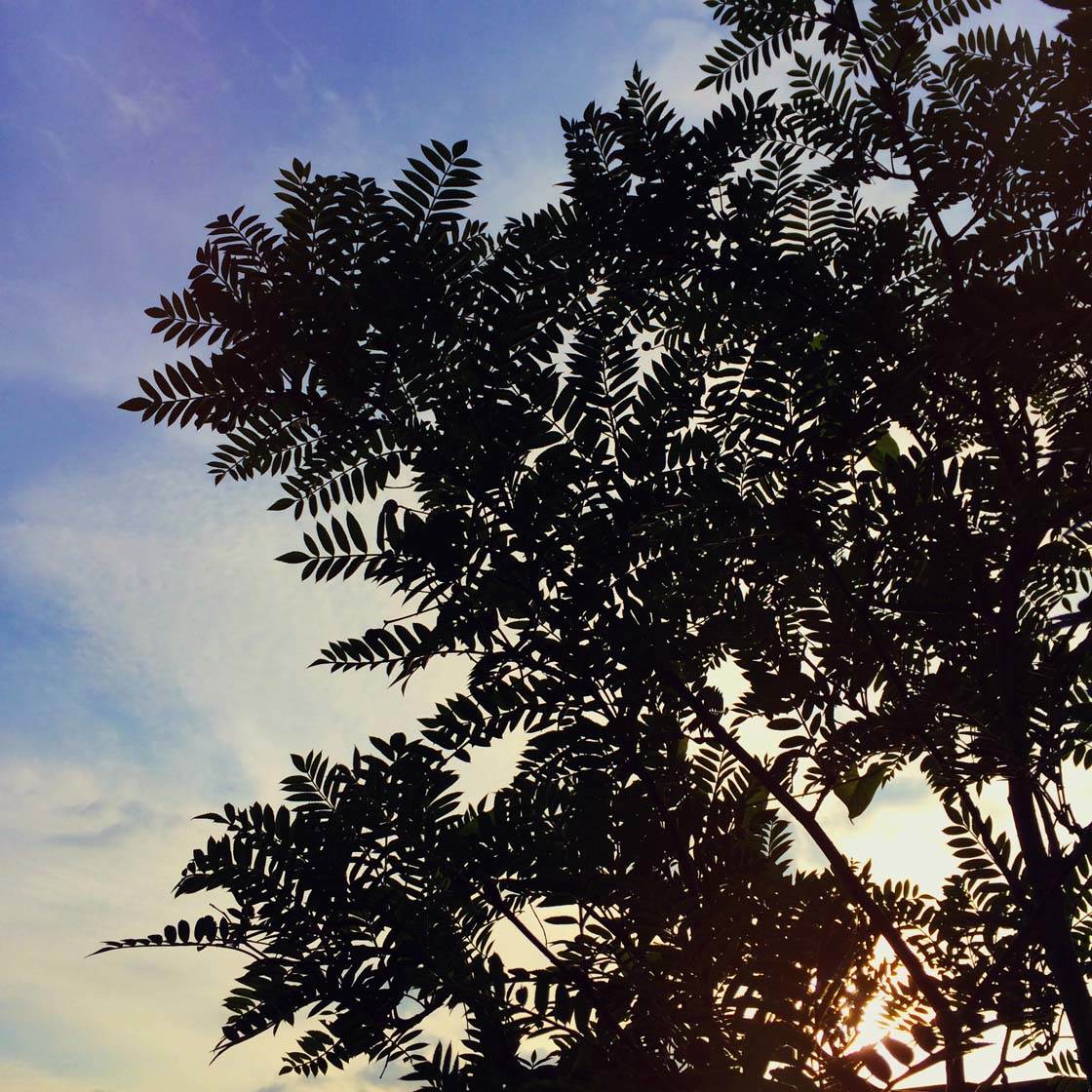
To create a silhouette photo, start by positioning the sun or bright sky behind your subject. Now set the exposure for the bright sky. This ensures that the sky is captured with good color and detail, and as a result your subject will appear dark.
If you don't do this, your camera might expose correctly for your subject, in which case the subject will appear too bright for a silhouette photo.
To expose for the sky, simply tap on the sky in the viewfinder. You can then tweak the exposure if necessary by swiping up or down on the screen to adjust the image brightness.
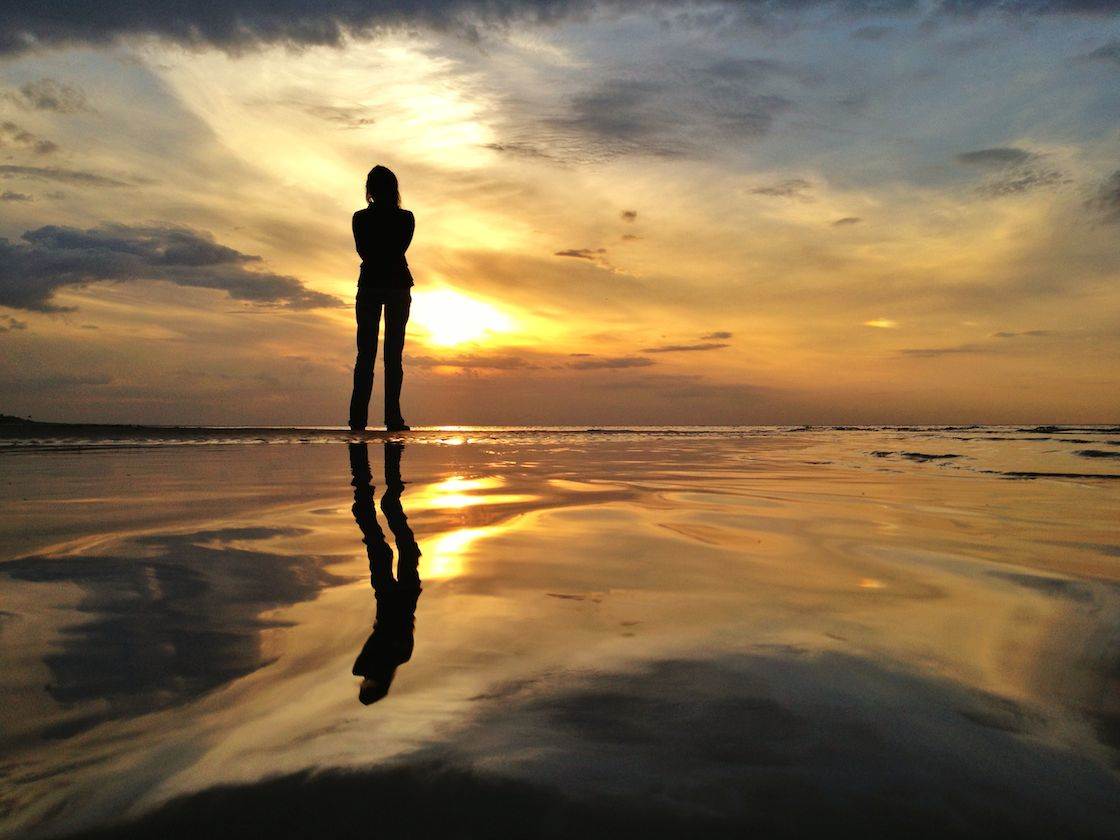
It's usually best to shoot silhouette photos from a low angle. If you shoot from standing height you can end up with a lot of dark background behind the bottom half of the subject, and this won't make your silhouetted subject stand out well.
Silhouette photos will have much more impact if the subject has only a bright sky behind them. Shooting from a low angle will help you get more sky behind the subject.
5. Backlight Your Subject To Reveal Color And Detail
You've just seen that backlighting can result in your subject appearing as a dark silhouette. However, if you use the sun to backlight a semi-transparent subject, the result can be completely different.
With semi-transparent objects such as leaves and flowers, positioning them so that the sun is shining through them can reveal color, texture and detail that you wouldn't normally see.

This example of flowers shot with the sun behind them is a great example of this. The light shining through the semi-transparent petals has revealed their intricate detail and produced a vivid pink color.
With this type of shot you need to set the exposure for the subject rather than for the sky, otherwise the subject may appear as a silhouette.
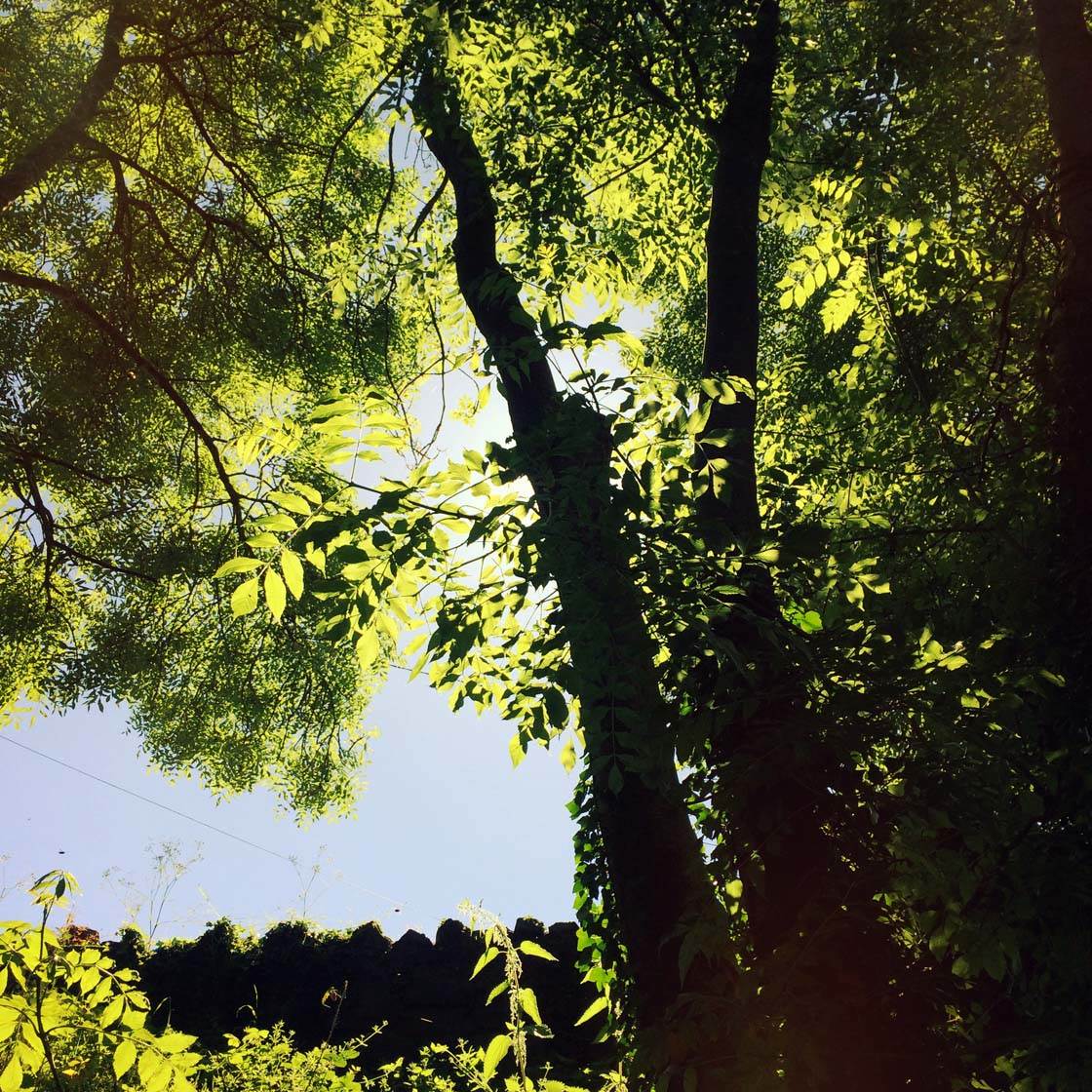
To expose for the subject, simply tap on that area of the screen. You can then tweak the brightness using the exposure slider in the camera app if necessary.
6. Capture A Glow Around Your Subject
Another effect of positioning the sun behind your subject is something we call rim lighting. This is where you see a lovely warm glow or outline of light around the edge of your subject.
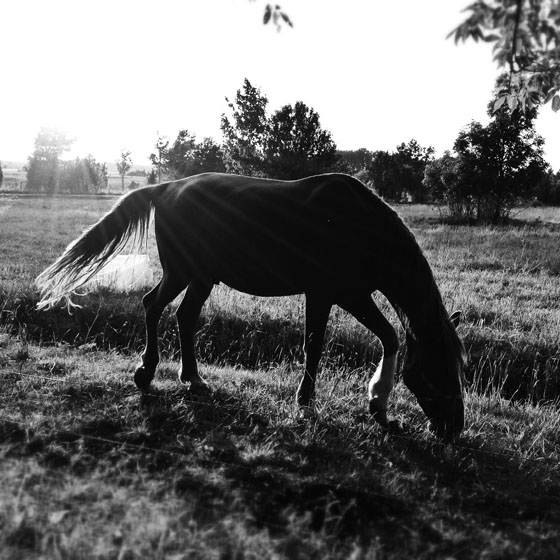
Rim lighting has the effect of separating your subject from the background, which is great in photos like this one. The thin outline of light around the horse makes it stand out much better against the dark background.
Rim lighting is especially noticeable around hair, so it works particularly well in portrait photos. Next time you're shooting in the sun, look for rim lighting especially around people's heads.
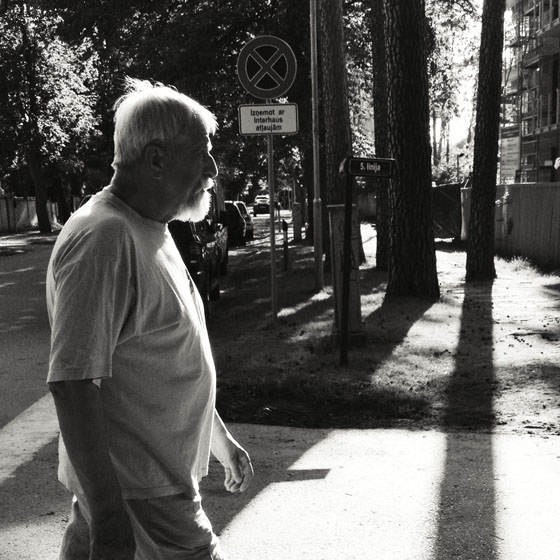
To achieve rim lighting around your subject, you may need to move around and experiment with your shooting angle until the sun is in the right position to create this effect.
Be careful not to let the sun dominate and ruin the picture. Try positioning the subject's head or body directly in front of the sun to block out most of the bright light, or have the sun shining in from the edge of the frame.
7. Take Control Of Lens Flare
One of the major problems with taking photos in bright sun is that they can often be ruined by lens flare. Lens flare is caused by strong light hitting the camera's lens and scattering through the optical elements.
This results in streaks or blobs of light across the photo, as you can see in the image below. Lens flare often degrades image quality by causing areas of overexposure or an overall lack of contrast.
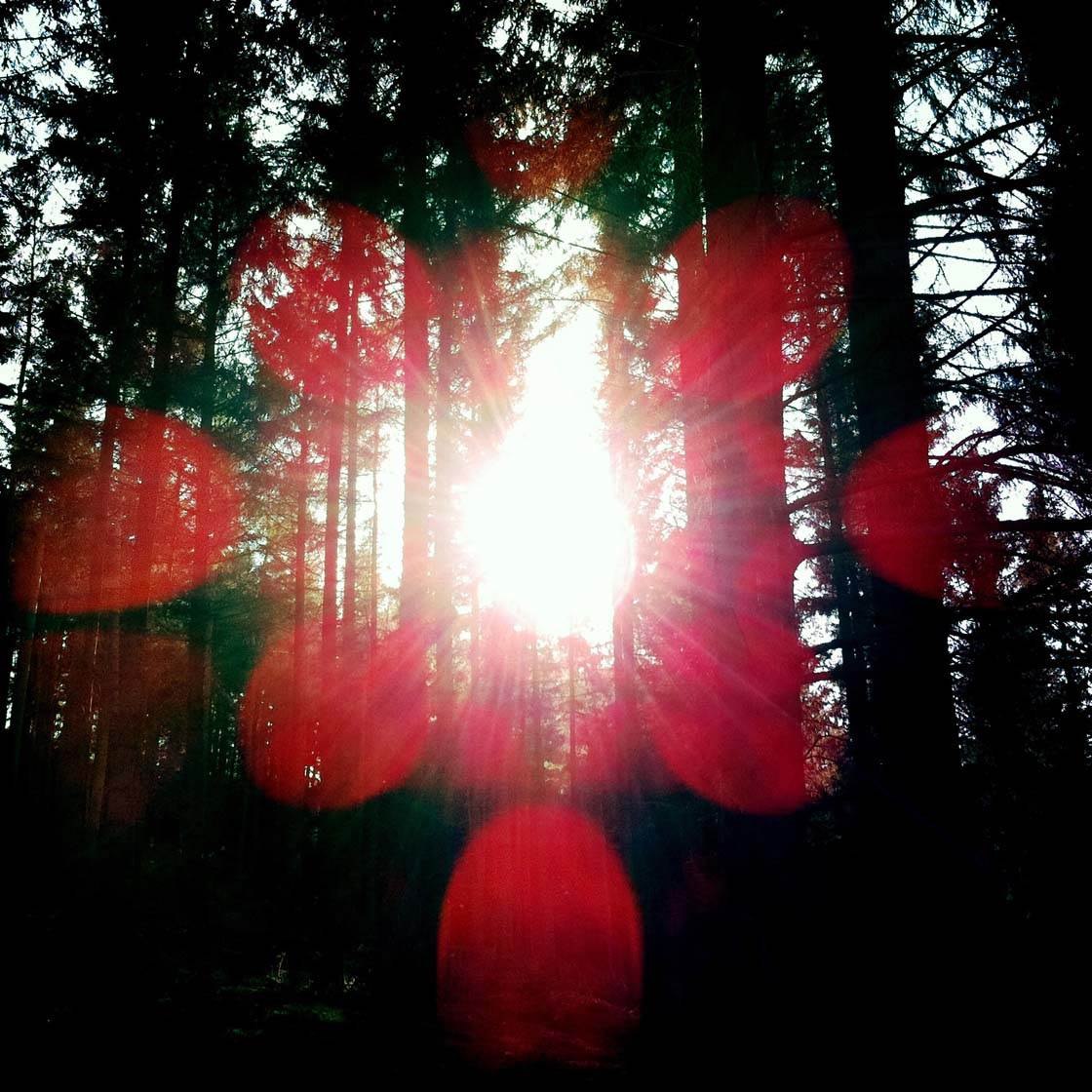
Lens flare can be prevented by making sure there's no direct light hitting the lens. You can do this by shading the lens from the sun with your hand – just make sure your hand doesn't appear in the photo.
Alternatively, stand in the shade when you take the picture. Or avoid shooting into the sun in the first place.
You may however want to take a completely different approach and actually embrace lens flare in your photos. If you know how to control lens flare effectively, including it in your photo can actually enhance a photo taken in bright sun.
Once you know how to harness it, lens flare can be a great creative tool, adding drama or a romantic mood to your image.
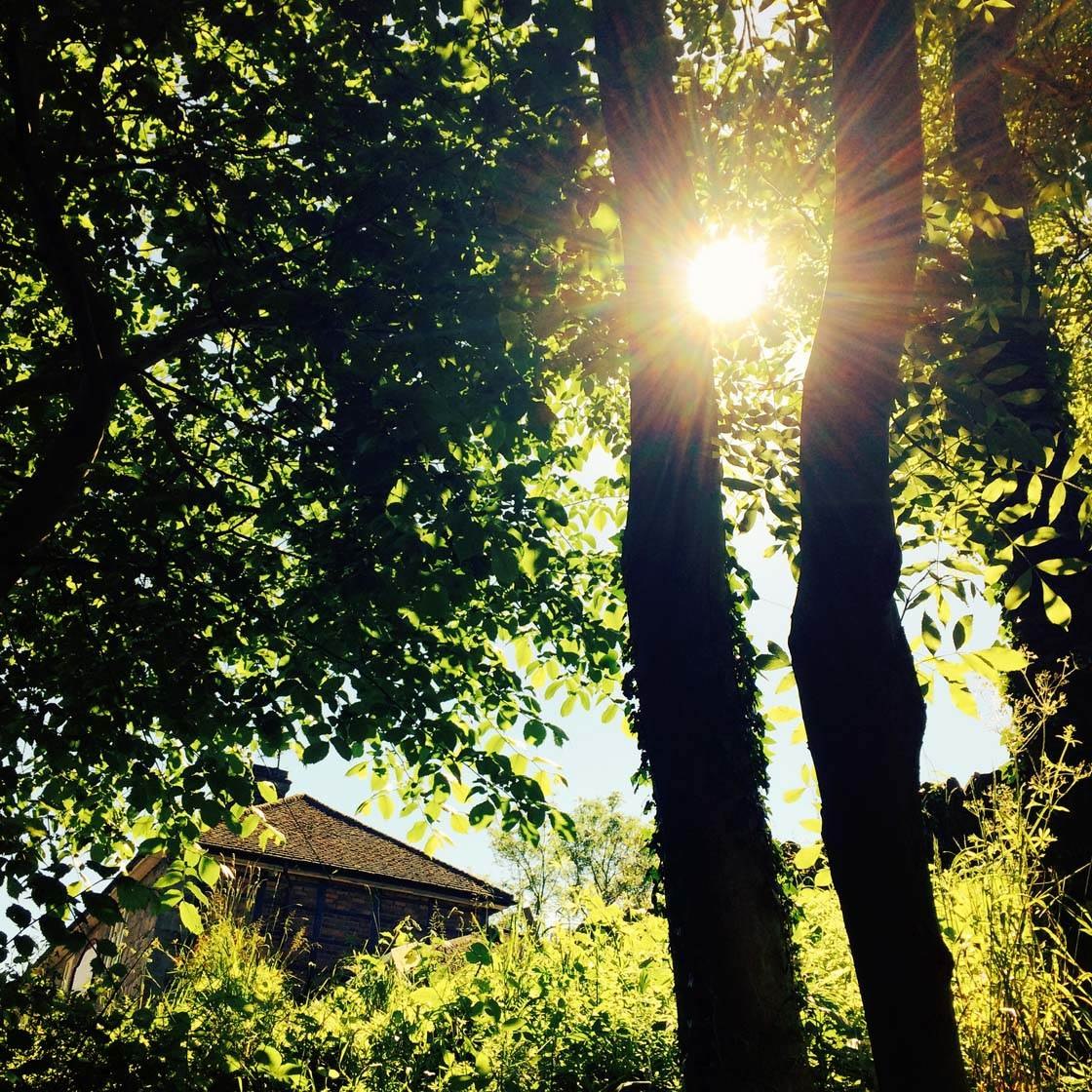
To achieve lens flare without ruining your photo, you need to get just the right amount of light to hit the lens without over-exposing too much of the image. Positioning tree branches in front of the sun can help prevent large over-exposed areas.

For a more subtle lens flare effect, try changing your shooting angle so the sun is shining into the photo from one side, rather than shooting directly into the sun.
The key to achieving lens flare that looks good is to experiment with your shooting angle, and to get the subject in the right position relative to the sun.
8. Capture Shadows
Shadows are a great way of adding interest to a photo. Shadows are created when an object blocks the light from the sun and prevents that light from hitting the surface behind the subject.
As well as adding visual interest to an image, shadows can create mystery and intrigue, making the viewer wonder what's hiding in the darker areas of the image.
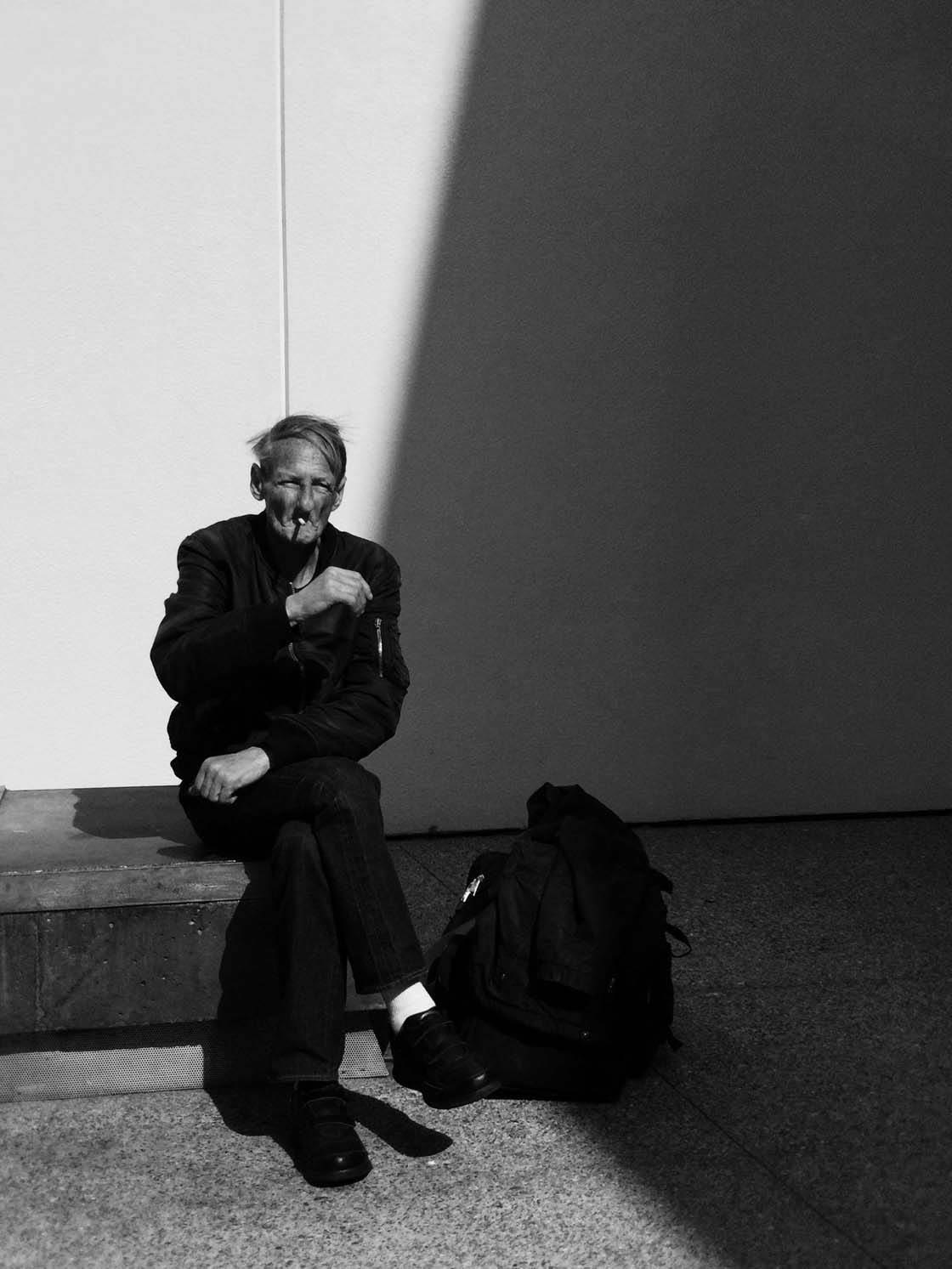
In bright midday sun, shadows can appear very harsh. This often isn't good for portraits as you can end up with dark shadows around the eyes, nose and under the chin. But captured correctly and in the right situation, harsh shadows can create a very dramatic image.
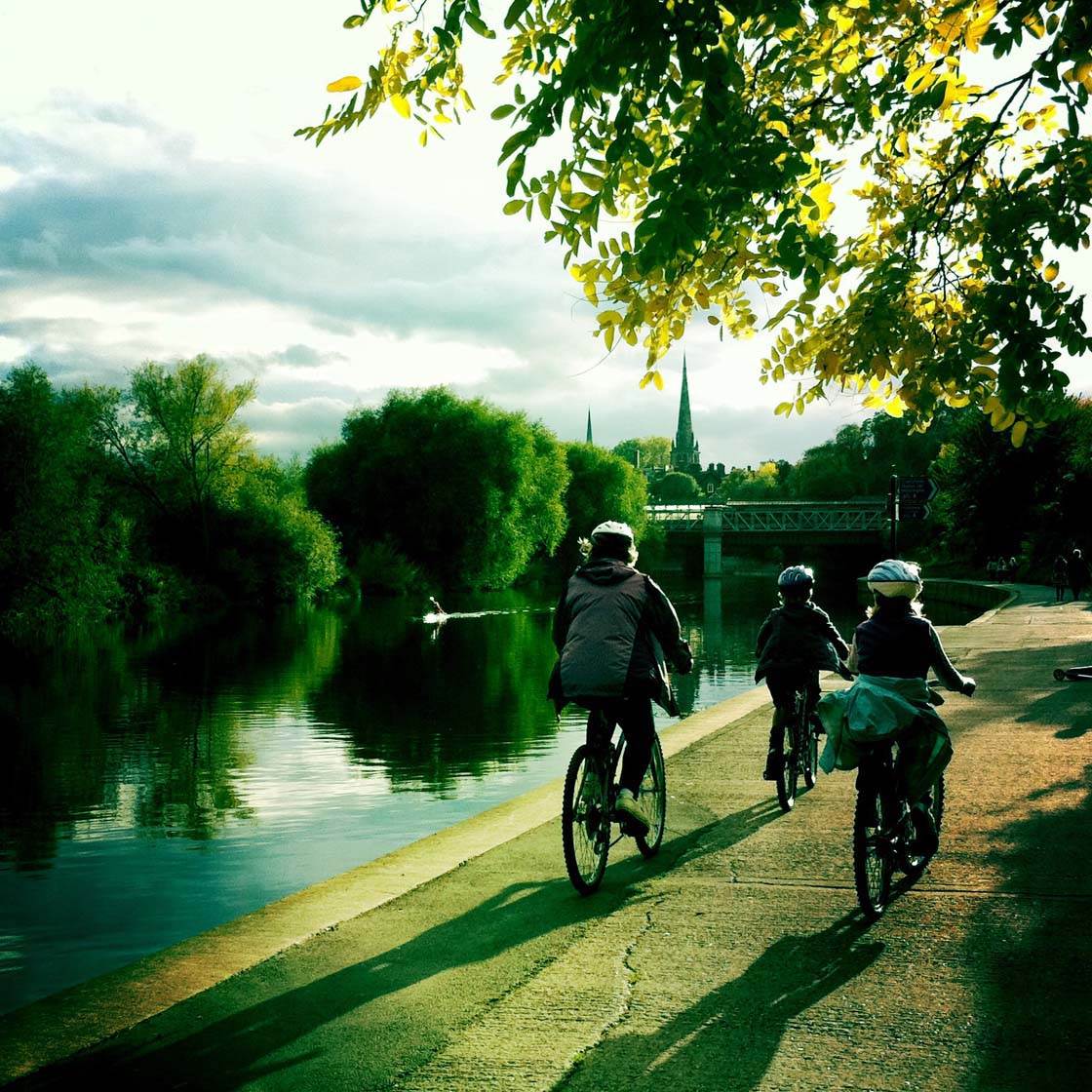
The best time of day for capturing shadows is usually when the sun is low in the sky. At this time of day shadows appear very long and can be used to fill an otherwise empty space in your photos.
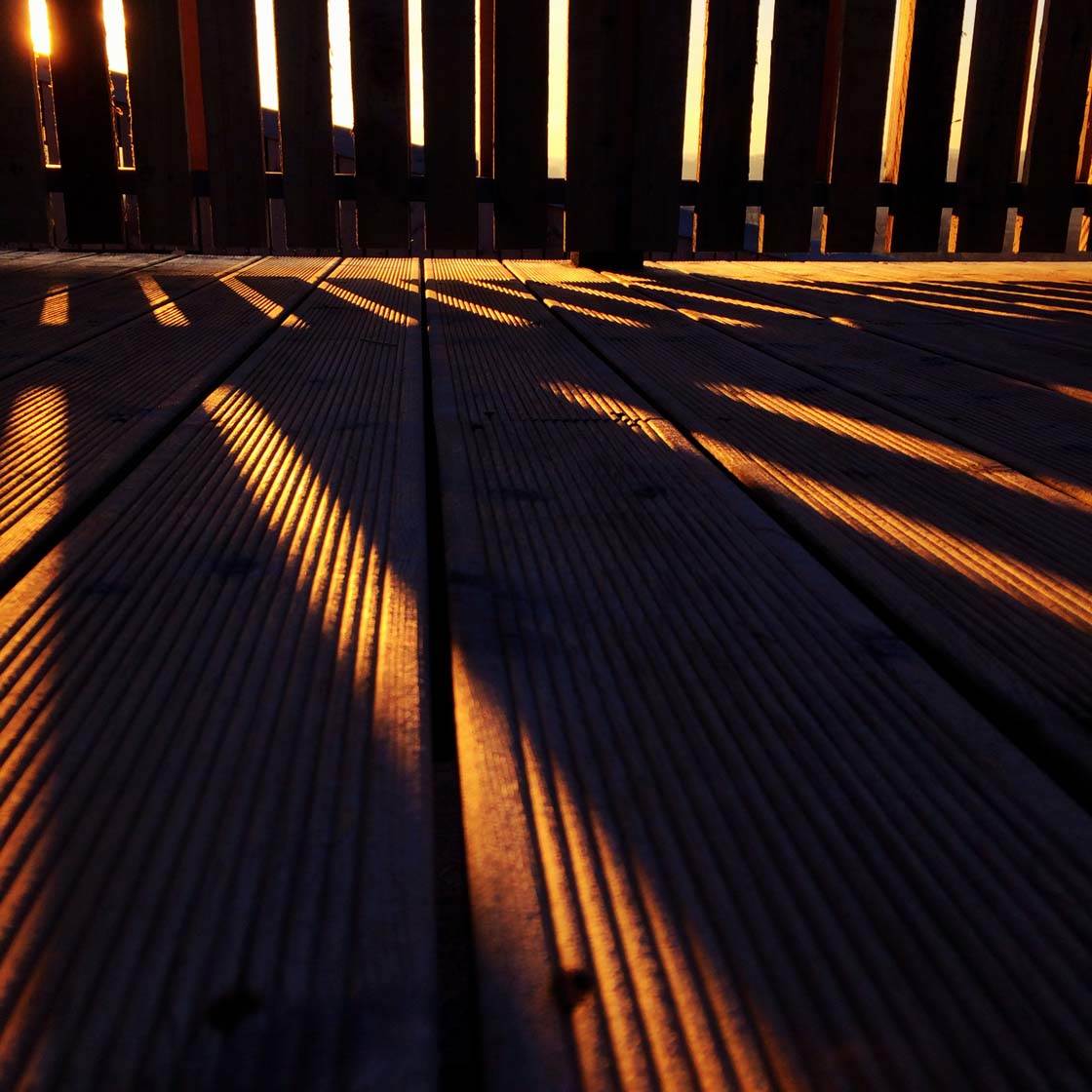
Shadows even make great subjects in themselves, becoming the main focus of the photo. When shooting scenes with long shadows, try shooting from a low angle so that the shadows become more prominent in the foreground of the image.
9. Position An Object In Front Of The Sun
If the sun is ruining your photo, try eliminating the harsh light by positioning the sun behind an object in the scene. This could be a person, a tree, a building or any other object that is big enough to cover the sun.
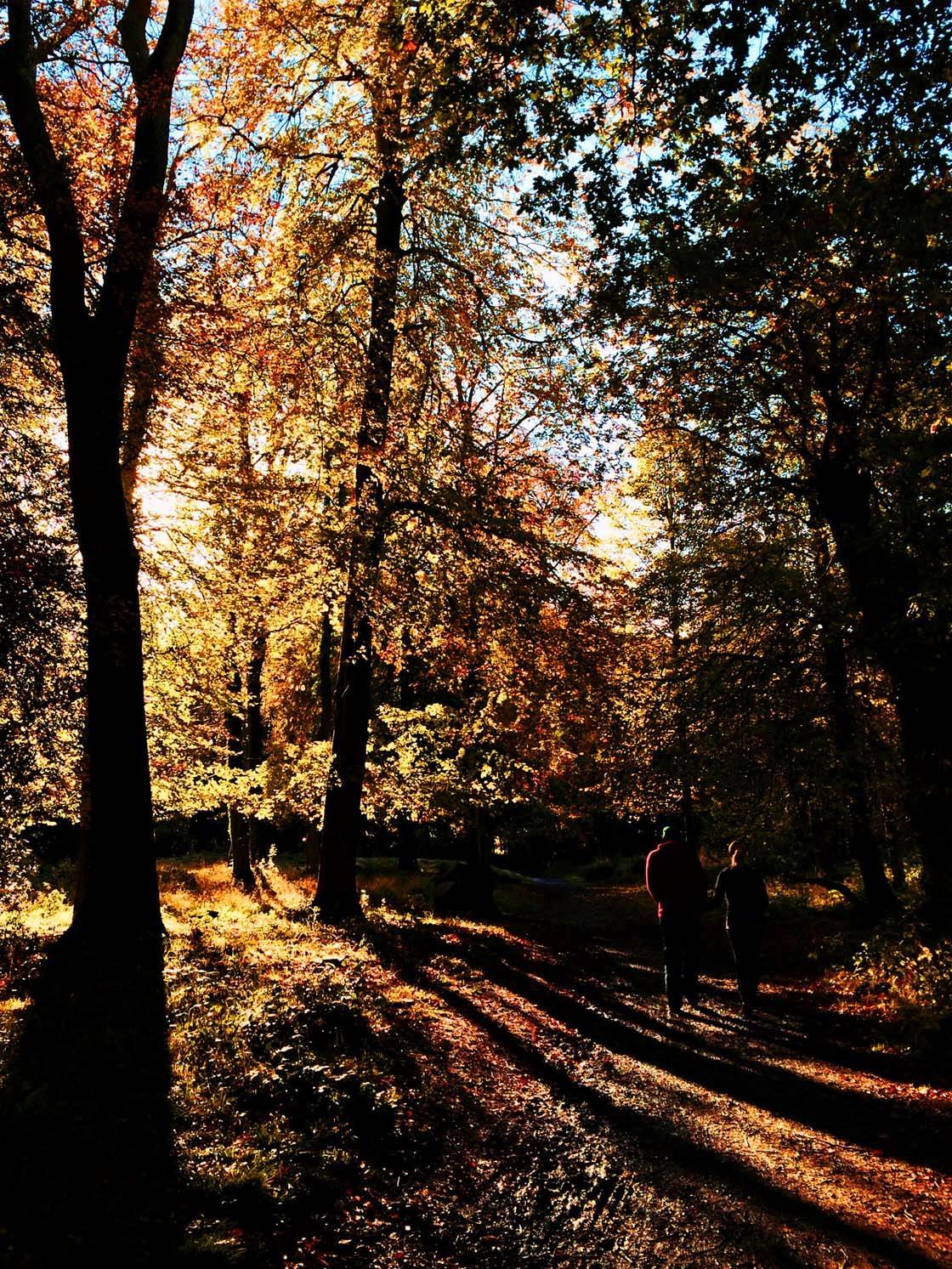
In the photo above I made sure I shot from an angle where the sun would be positioned behind the tree on the left. This prevented unwanted lens flare or a large over-exposed area in the sky.
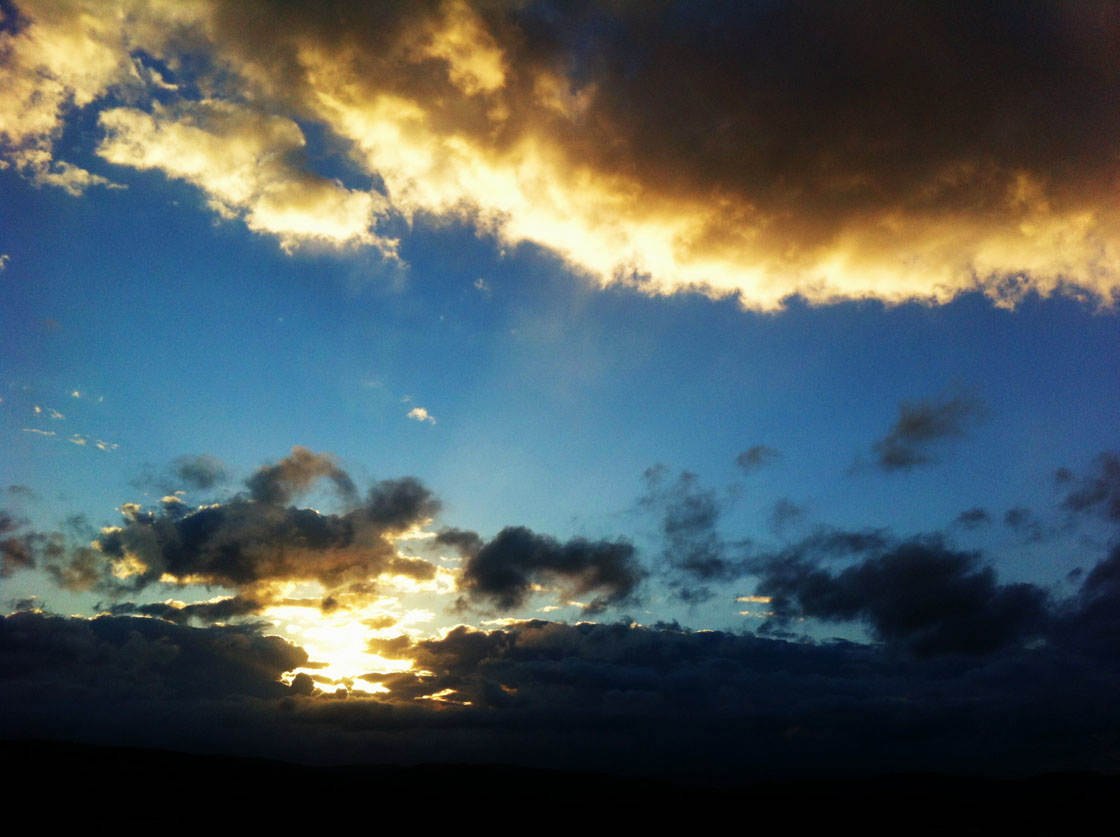
Alternatively, if there are clouds in the sky, wait for a cloud to move across and partially obscure the sun before taking your photo. You can get some great effects when the sun is shining our from the edge of a cloud, such as lens flare and glowing edges around the clouds.
10. Don't Forget Composition In Sunset Photos
Sunset is the most beautiful type of light to shoot in. The rich, warm colors of the sky and interesting cloud formations make for stunning photos that often require little or no editing.
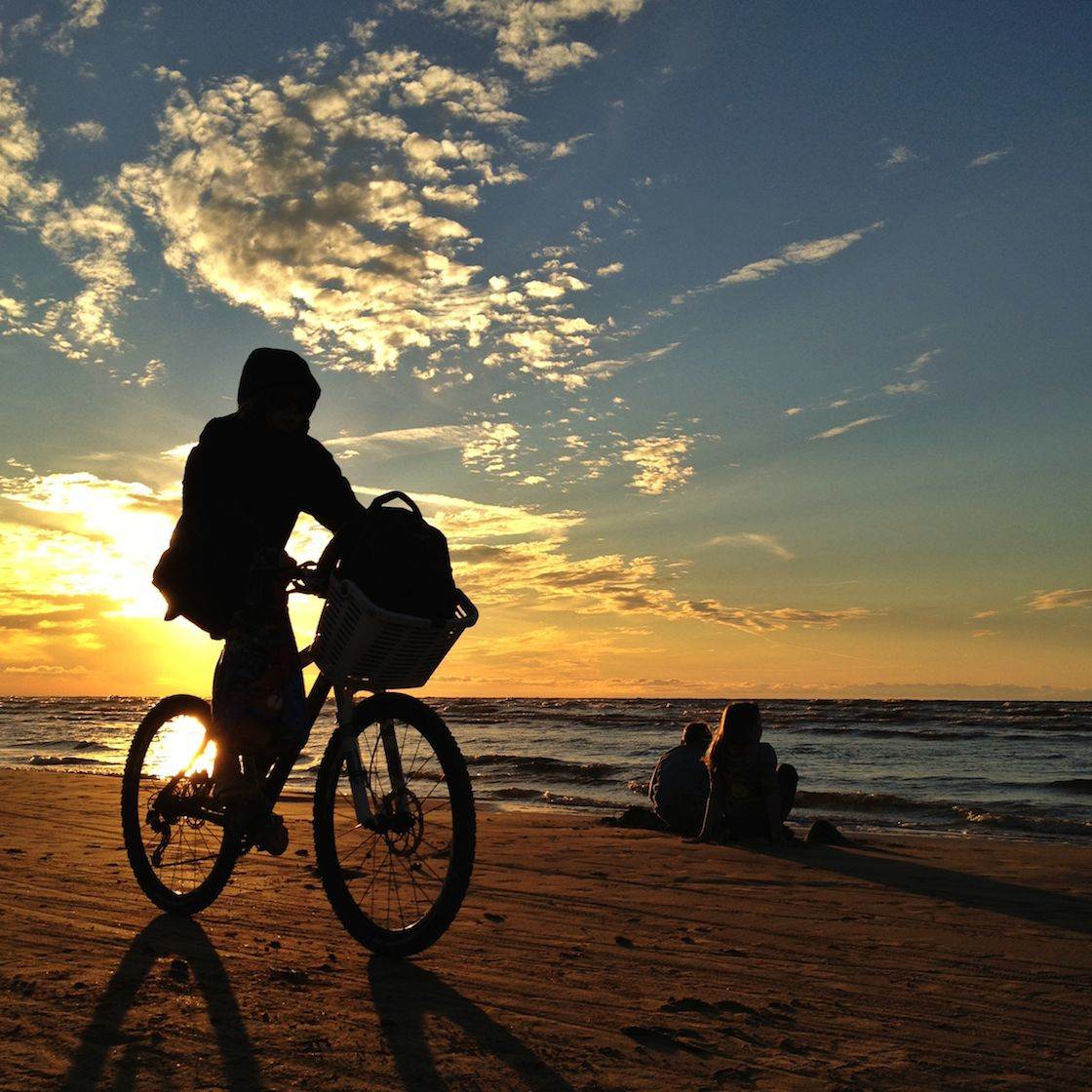
However, a lot of sunset photography often looks quite boring and doesn't hold the viewer's attention for long. This is because many people don't think about how to compose their photos of sunsets – probably because they're concentrating too much on the pretty sky.
While the beautiful colors of the sky are one of the main points of interest in the photo, you should also try to include a focal point or other points of interest for the view to rest their eye on.
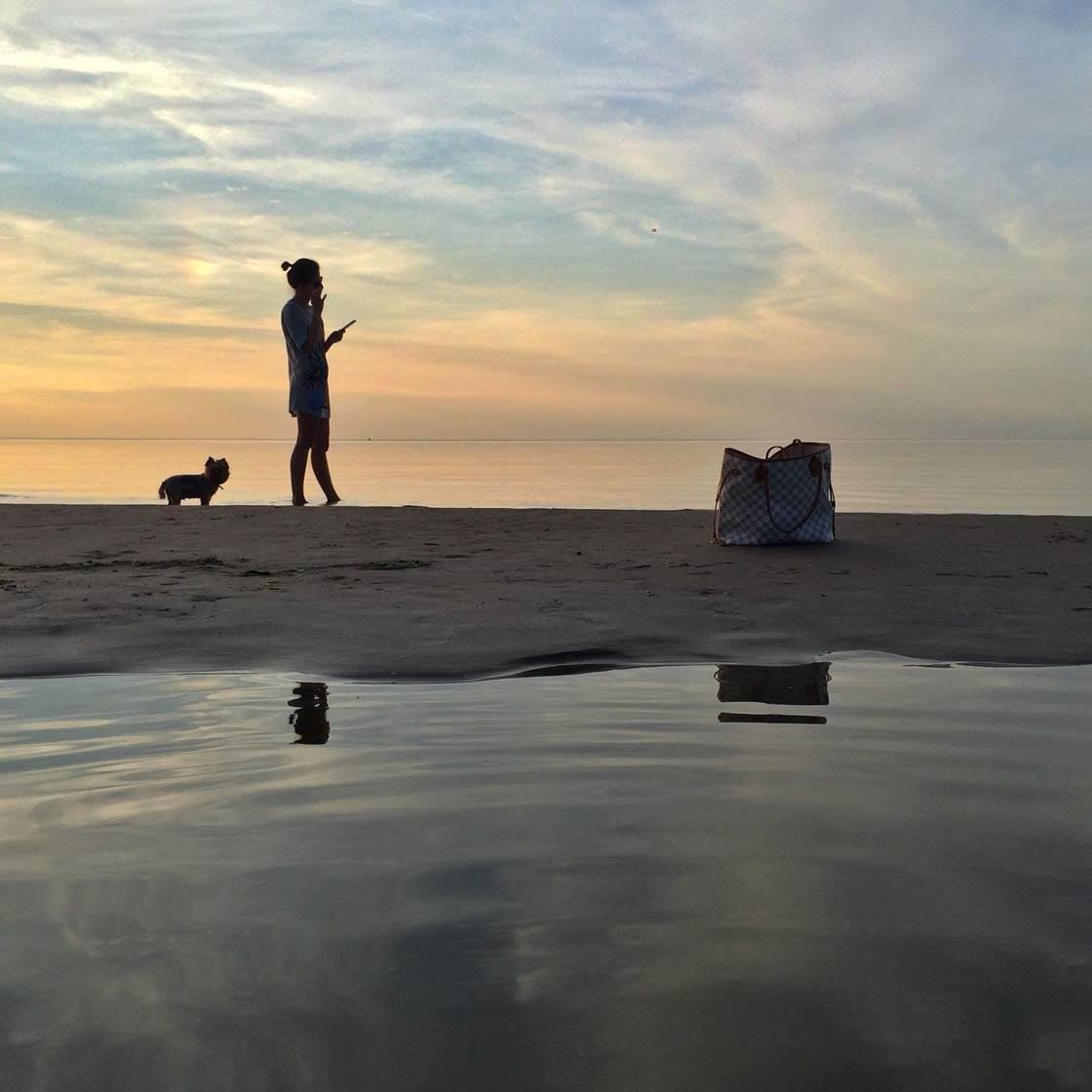
A focal point could be a tree, a person, a building, etc. This focal point often ends up as a dark silhouette, but this is fine – the shape of the object against the sky creates something for the viewer to focus on once they've looked around the photo.
The sunset photo above wouldn't really be that interesting if it didn't include the person and the dog. And you would have nowhere to rest your eye in the image.
Also, think about where to position the horizon, the sun and the main subject in the frame. These things often look better placed off-centre rather than in the middle of the photo. You can use the rule of thirds to help you position the elements in the image.
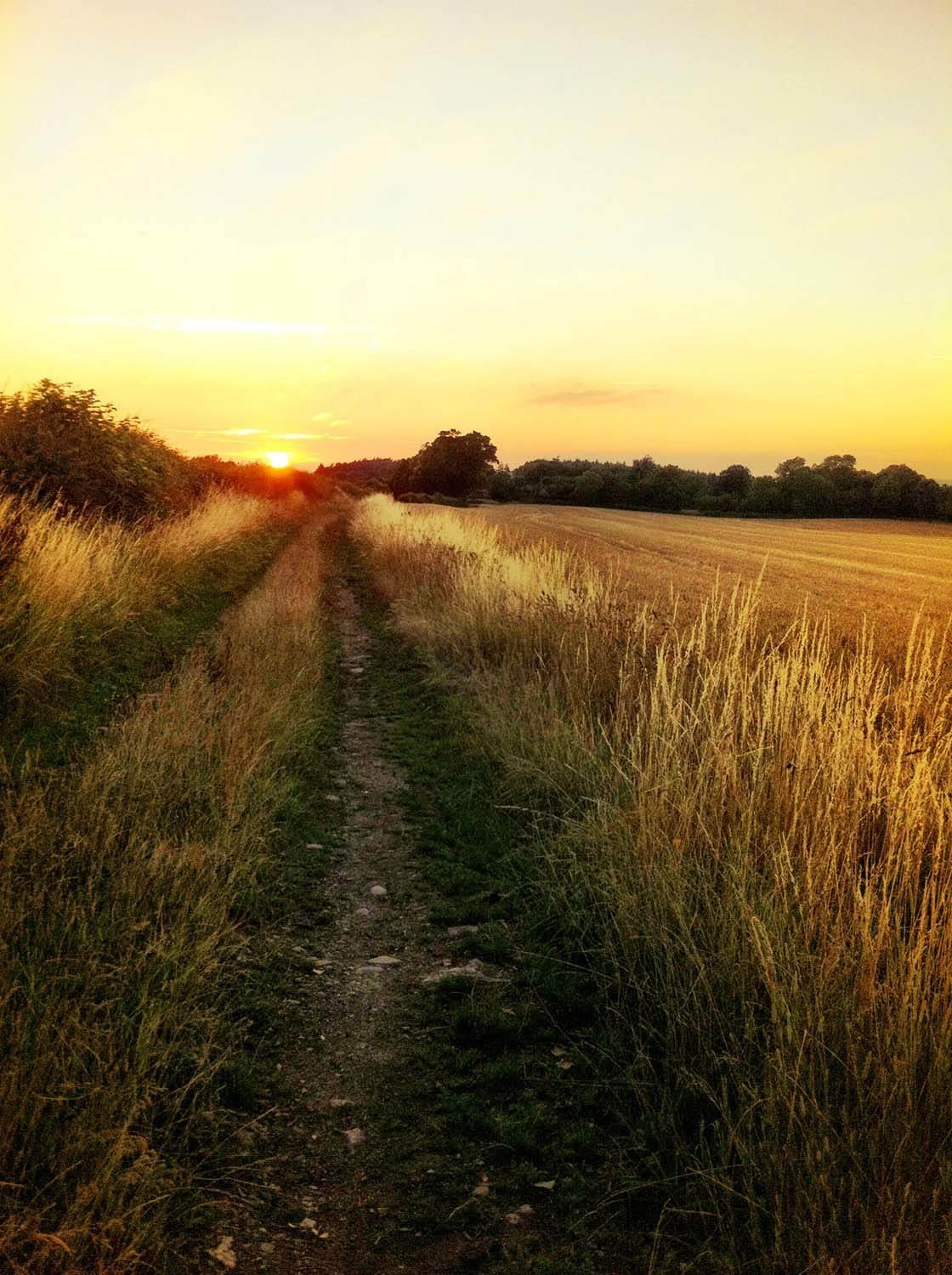
Leading lines can also help draw your eye into the image. The converging lines of the track in the photo above do a great job of leading your eye towards the setting sun.
How To Fix A Picture With Too Much Sun
Source: https://iphonephotographyschool.com/sun/
Posted by: brownpridge80.blogspot.com

0 Response to "How To Fix A Picture With Too Much Sun"
Post a Comment